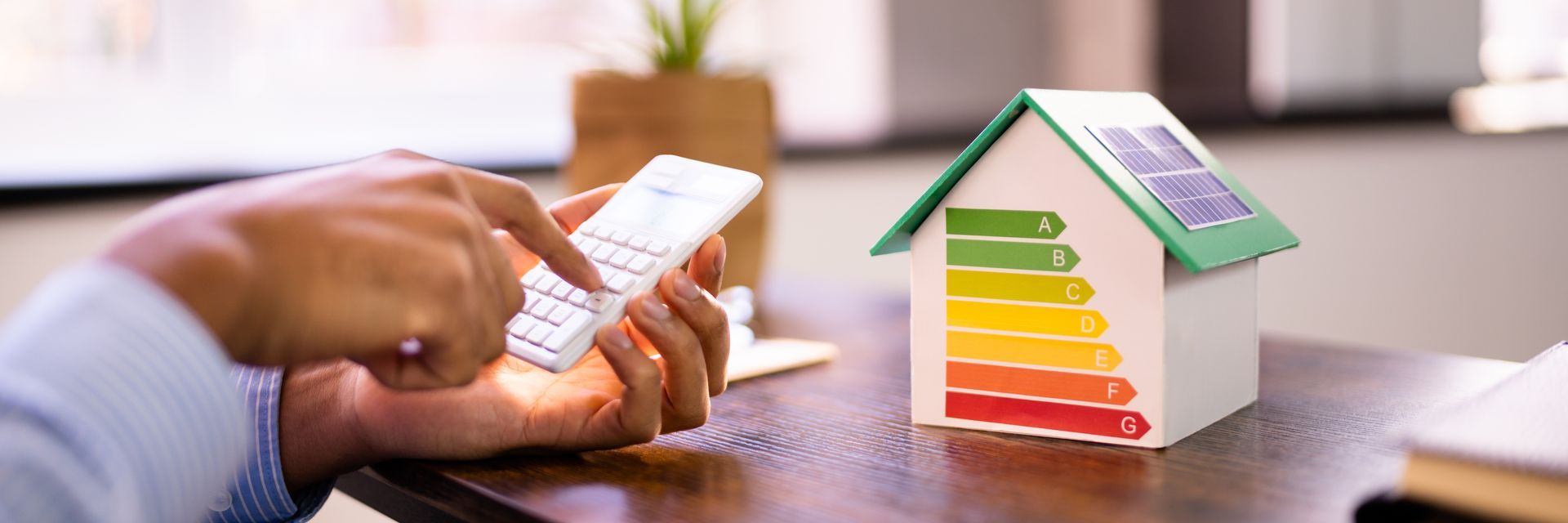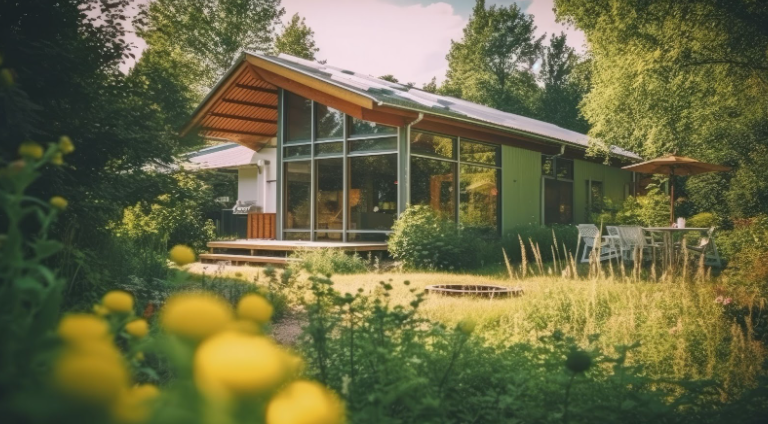Green Living: How to Improve Your Home's Indoor Air Quality

Many people spend a lot of time indoors, whether at home or at work. The air inside can sometimes be more polluted than the air outside. Poor indoor air quality can cause health problems, like allergies and asthma, and can affect overall well-being. To create a healthier living space, there are several easy and effective ways to improve the air inside homes. These changes not only make the air cleaner but also contribute to a more sustainable and eco-friendly lifestyle. By taking simple steps, anyone can breathe easier and enjoy a healthier indoor environment.
Indoor Air Quality and Its Importance
Indoor air quality (IAQ) is a term that defines the quality of the air inside and around buildings and structures, especially as it relates to the health and comfort of building occupants. Research has consistently shown a direct link between indoor air quality and health, indicating that poor IAQ can lead to a range of health issues, from respiratory problems and allergies to more severe conditions like asthma and heart disease.
Modern design and construction methodologies have introduced a new set of challenges in
maintaining clean air inside homes. Contemporary buildings often prioritize energy efficiency, leading to more airtight living spaces. While this has benefits in terms of energy conservation and reducing environmental footprints, it can also trap pollutants inside, including volatile organic compounds (VOCs), mold, dust mites, and other allergens. Therefore, the challenge is to achieve a balance between energy efficiency and good indoor air quality, ensuring that homes are not only eco-friendly but also healthy spaces for inhabitants.
Eco-friendly living goes beyond conserving electricity or reducing water usage. It encompasses the pursuit of a greener indoor environment, one that promotes the health of its occupants through the quality of air they breathe. This approach involves being mindful of the materials used in the home, from paint to flooring, ensuring that they do not emit harmful chemicals or gasses. It includes adopting lifestyle and household practices that support a clean and healthy living environment. For residents of Phoenix, Scottsdale, and Cave Creek, focusing on eco-friendly living and improving indoor air quality is not only a step toward a healthier life but also a contribution to a more sustainable future.
As we move forward in understanding and improving indoor air quality, it becomes clear that simple changes in our living environment can have profound effects on our health and well-being. By being informed and making conscious decisions about our homes and lifestyles, we can significantly improve the quality of our indoor air, making our eco-friendly homes healthier and more comfortable places to live in. For those in the Phoenix area, this understanding is not just a personal benefit but a communal responsibility, ensuring that our pursuit of eco-friendly living positively impacts both our personal health and the environment at large.
Natural Ways to Improve Indoor Air Quality
Emphasizing natural solutions can significantly enhance the air quality in eco-friendly homes. One effective strategy is embracing natural ventilation. This process involves allowing outdoor air to circulate through the home, effectively diluting and displacing indoor pollutants. Simple practices, such as opening windows during favorable weather conditions, can introduce fresh air and reduce the concentration of indoor pollutants, contributing to a healthier living environment.
Beyond ventilation, incorporating air-purifying plants has gained popularity as a means to naturally purify indoor air. Research suggests that certain plants can absorb harmful toxins, while also adding oxygen and humidity to indoor environments.
Spider Plant: Renowned for its ease of care, the spider plant can absorb carbon monoxide, xylene, and toluene from the air.
Snake Plant: Known for its ability to release oxygen at night, the snake plant is effective at absorbing formaldehyde and benzene.
Peace Lily: Aside from its aesthetic appeal, the peace lily can help reduce levels of mold spores in the air, making it exceptionally beneficial for indoor air quality.
The impact of natural light on air quality and well-being cannot be overstated. Sunlight not only brightens your home but also helps to naturally purify the air and prevent the growth of mold and bacteria, contributing to a healthier indoor environment.
Mechanical and Technological Solutions
While natural strategies play a critical role, mechanical and technological solutions also offer substantial benefits. Selecting the right Heating, Ventilation, and Air Conditioning (HVAC) system is crucial for eco-friendly homes. Systems equipped with High-Efficiency Particulate Air (HEPA) filters can capture a vast majority of airborne particles, including pollen, pet dander, and dust mites. Regular maintenance and filter replacement is paramount to ensure these systems operate efficiently and effectively clean the indoor air.
In the era of smart homes, technology has become a powerful tool for monitoring and improving indoor air quality. Smart thermostats and air quality sensors can provide real-time data on indoor pollution levels, humidity, and temperature, enabling homeowners to make informed decisions about ventilation and air purification. Dehumidifiers and air purifiers offer additional support in managing indoor air quality, particularly in areas prone to humidity and airborne allergens, ensuring a cleaner, healthier living space.
Combining natural methods with mechanical and technological solutions offers a comprehensive approach to enhancing indoor air quality in eco-friendly homes. By leveraging the strengths of both, homeowners can create a living environment that is not only green and sustainable but also conducive to good health and well-being.
Building Materials and Practices for Better Indoor Air Quality
In the pursuit of enhancing indoor air quality in eco-friendly homes, careful consideration of building materials and construction practices plays a vital role. The selection of low-VOC (Volatile Organic Compounds) paints and finishes can significantly reduce the release of harmful chemicals into the home environment. These compounds, found commonly in traditional paints and finishes, evaporate at room temperature and can contribute to air pollution indoors, causing health issues over time. Sustainable and non-toxic building materials are not only better for the planet but also for the occupants of a home. Materials such as bamboo flooring, cork, and reclaimed wood offer durable and aesthetically pleasing alternatives that do not compromise air quality. Ensuring proper home insulation and adopting smart ventilation design can aid in maintaining a comfortable and clean air environment, reducing the need for constant heating or cooling and preventing the build-up of pollutants.
Lifestyle Changes for a Healthier Home Environment
Promoting a healthier indoor atmosphere extends beyond the choice of building materials and into the realm of daily lifestyle choices. Reducing the use of synthetic fragrances and chemical-based cleaners can dramatically lower the presence of airborne toxins. Natural cleaning agents, like vinegar, baking soda, and lemon, serve as powerful alternatives for a wide range of household cleaning tasks without introducing harmful chemicals into the home.
Implementing a no-shoes policy indoors is another simple yet effective measure to improve air quality. Shoes can track in a variety of pollutants from outside, including dirt, pesticides, and other toxins, which can then circulate through the home's air. Encouraging indoor gardening not only beautifies the space but also promotes cleaner air. Activities such as composting can further enhance an eco-friendly lifestyle, turning organic waste into valuable fertilizer for household plants.
Resources and Professional Guidance
To navigate the intricate process of creating and maintaining an eco-friendly home with pristine indoor air quality, seeking professional advice can be invaluable. Experts in eco-friendly real estate and sustainable building practices can offer personalized recommendations tailored to specific needs and environments. Leveraging community resources such as workshops and environmental organizations can provide further guidance and support for those looking to enhance their lifestyle in sustainable ways.
By integrating mindful building practices with conscientious living habits, homeowners can significantly improve the air quality in their eco-friendly homes. The journey towards a healthier indoor environment requires commitment but yields a living space that nurtures well-being while respecting the Earth. As we continue to innovate and adopt eco-friendly practices, the dream of clean air in every home becomes an achievable reality for us all.
Transform your home into a sanctuary of clean air and sustainable living. Contact Danijela Quenzler today and let's work together towards creating a greener, more breathable living space for you and your loved ones.











